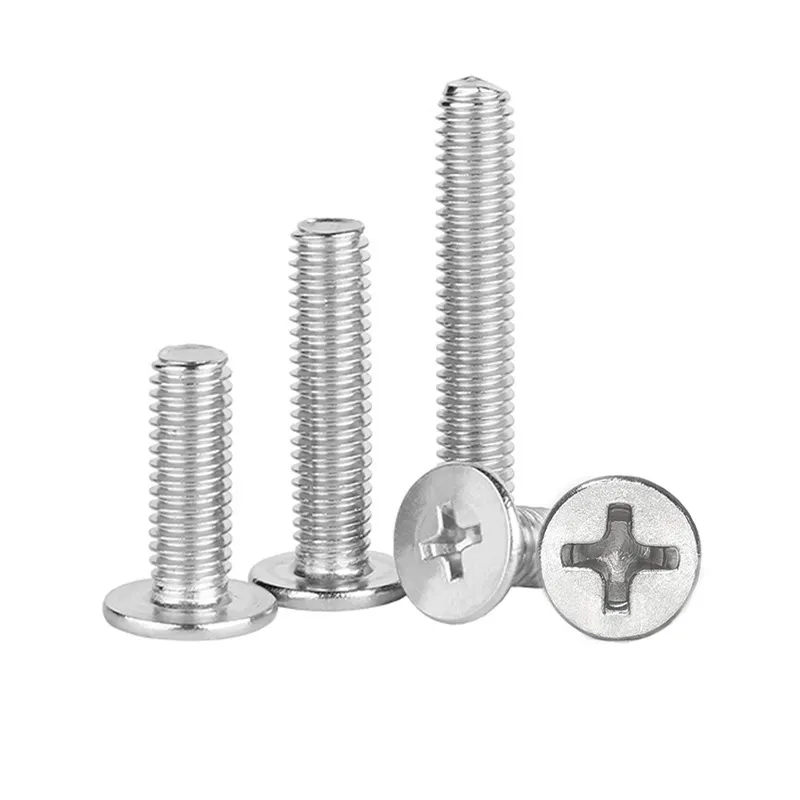

M16 Flat Washer for Secure Fastening in Various Applications
Sep . 30, 2024 10:49 Back to list
M16 Flat Washer for Secure Fastening in Various Applications
Understanding the M16 Flat Washer A Key Component in Mechanical Assemblies
In the realm of mechanical engineering and construction, small components often play crucial roles in the reliability and longevity of larger structures. One such component is the M16 flat washer. Though seemingly simple in design, the M16 flat washer serves several important functions in bolted connections, making it an indispensable part of various engineering applications.
What is an M16 Flat Washer?
An M16 flat washer is a round disk made of metal, plastic, or other materials, with a central hole that allows it to fit around an M16 bolt or screw. The M denotes that it follows the metric system, meaning its nominal diameter is 16 millimeters. Flat washers typically have a larger outer diameter compared to the inner hole, which ensures that they can distribute the load evenly when fastened. The standard dimensions and thickness of an M16 washer are crucial for its effectiveness in certain applications.
Functions of the M16 Flat Washer
1. Load Distribution One of the primary functions of the M16 flat washer is to distribute the load of the bolt or screw head over a larger surface area. This minimizes the risk of damage to the material being fastened, especially when that material is relatively soft or sensitive. By spreading out the load, the flat washer helps prevent the bolt from sinking into the material, which can compromise the integrity of the structure.
2. Reducing Friction Flat washers reduce friction between the bolt head or nut and the surface of the material. This is particularly useful in applications that involve frequent adjustments or re-tightening, as it allows for smoother interactions between components. By reducing friction, flat washers help prolong the life of the fastening assembly.
m16 flat washer

3. Preventing Loosening In situations where vibrations are present—such as machinery or vehicles—a flat washer can help prevent bolts and screws from loosening over time. By providing a larger surface area, the washer increases surface friction, which can help keep the assembly tight.
4. Corrosion Resistance Many M16 flat washers are made from materials that offer corrosion resistance, such as stainless steel or specially coated metals. This is particularly important in outdoor or industrial environments where exposure to moisture and chemicals can lead to degradation of standard fasteners. Using an M16 flat washer made from a resistant material can enhance the overall longevity of the assembly.
Applications of M16 Flat Washers
M16 flat washers find their applications in a variety of fields, including automotive, construction, and machinery. In the automotive industry, these washers are used in assembling engine components, suspensions, and various fittings where vibration is common. In construction, M16 washers ensure that structural beams and columns are securely fastened, helping to maintain the stability of buildings and bridges.
Machinery and manufacturing equipment also rely on M16 flat washers for assembly stability. These washers are often used in heavy machinery, conveyors, and industrial equipment, where durable and reliable fastening solutions are essential.
Conclusion
In summary, while the M16 flat washer may appear to be a straightforward component, its importance in mechanical assemblies cannot be overstated. Offering load distribution, reducing friction, preventing loosening, and providing corrosion resistance, these washers significantly contribute to the performance and safety of various applications. Engineers, designers, and construction professionals must choose the right type of flat washer to match the specific requirements of their projects to ensure optimal performance and longevity. As technology and materials evolve, the role of components like the M16 flat washer will continue to be integral in the design and assembly of reliable structures and machines. Understanding these components' significance helps foster innovation and efficiency in engineering practices worldwide.
Latest news
-
Hot Dip Galvanized Bolts-About LongZe|High Strength, Corrosion Resistance
NewsJul.30,2025
-
High-Strength Hot Dip Galvanized Bolts - Hebei Longze | Corrosion Resistance, Customization
NewsJul.30,2025
-
Hot Dip Galvanized Bolts-Hebei Longze|Corrosion Resistance&High Strength
NewsJul.30,2025
-
High-Strength Hot-Dip Galvanized Bolts-Hebei Longze|Corrosion Resistance&High Strength
NewsJul.30,2025
-
Hot Dip Galvanized Bolts-Hebei Longze|Corrosion Resistance&High Strength
NewsJul.30,2025
-
Hot Dip Galvanized Bolts - Hebei Longze | Corrosion Resistance, High Strength
NewsJul.30,2025

